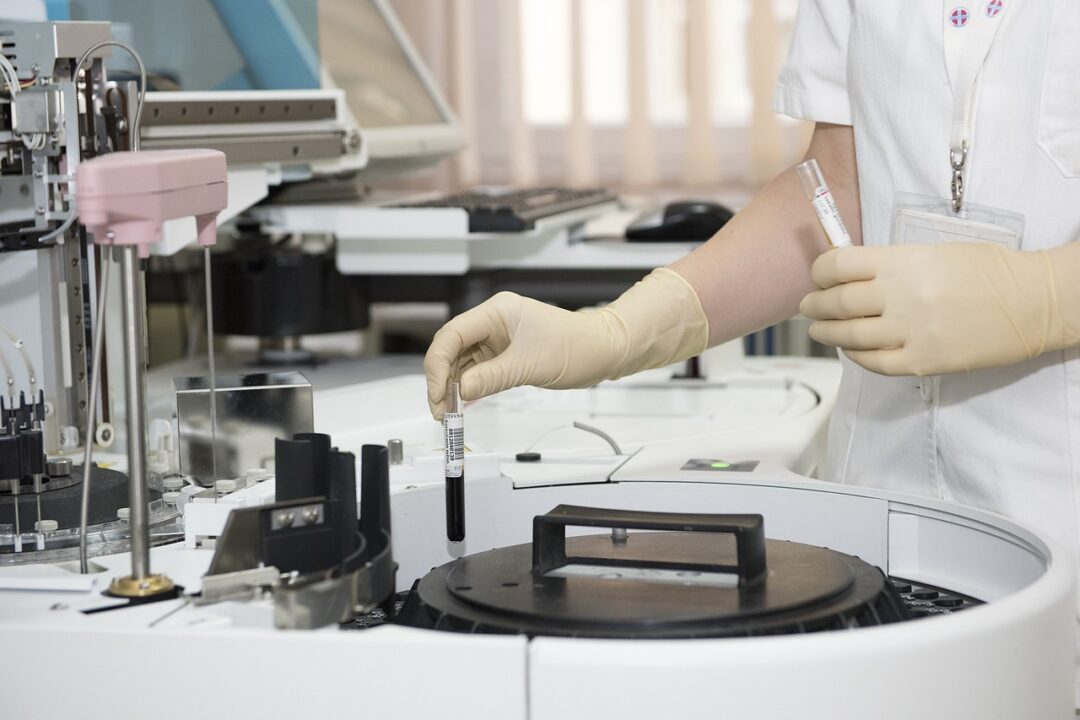The World Anti-Doping Association (WADA) has updated its list of prohibited substances and methods for 2025.
While most of the changes to prohibited substances and methods are very technical and best discussed with a doctor, there are a few ‘retail level’ highlights that athletes should be aware of.
The biggest one for the ‘retail’ audience is that athletes are now allowed to donate blood or blood components (for example, plasma, red blood cells, white blood cells, platelets, and peripheral blood stem cells) is not prohibited when performed in a collection center accredited by the relevant regulatory authority of the country in which it operates.
These methods have an overlap with the methods of blood doping, where an athlete’s blood is drawn and then reinjected later to boost performance.
Additionally, Xipamide, a diuretic commonly found in other prescriptions, has been added as an example of a banned diuretic.
WADA is also monitoring new substances for future analysis, including narcotics like codeine, dermoprhin, dihydrocodeine, hydrocodone, tapentadol, fentanyl, and tramadol.
- See WADA’s full 2025 update documentation here.
- See WADA’s full summary of major modifications and explanatory notes.
Descriptions below courtesy: WADA
Prohibited Substances
S0 Non-Approved Substances
- S-107 and S48168 (ARM210) were added to S0 as examples of the class of ryanodine receptor-1-calstabin complex stabilizers. The ryanodine receptor-1-calstabin complex is a major component of calcium storage and release, serving to maintain skeletal muscle
function.
S3. Beta-2 Agonists
- Based on a recent publication on potential performance-enhancing doses of inhaled formoterol, the dosing intervals were updated to ensure that ergogenic effects are not achieved. These new 12-hourly dosing intervals are consistent with manufacturers’ recommended use; the maximum delivered dose is unchanged at 54 micrograms over 24 hours.
S4. Hormone and Metabolic Modulators
- Elacestrant was added as an example of an anti-estrogen.
- Mitochondrial open reading frame of the 12S rRNA-c (MOTS-c) was added as an example of an AMP-activated protein kinase activator.
- For clarity, S519 and S597 were added as examples of insulin-mimetics. Insulinmimetics compounds or selective insulin receptor modulators (SIRMs) mimic insulin action by binding to the insulin receptor2.
S5. Diuretics and Masking Agents
- Xipamide was added as an example of a diuretic
Prohibited Methods
M1. Manipulation of Blood and Blood Components
- Donation of blood or blood components (e.g. plasma, red blood cells, white blood cells, platelets and peripheral blood stem cells) including by apheresis is not prohibited when performed in a collection center accredited by the relevant regulatory authority of the country in which it operates.

Allowing athletes to donate blood is only going to encourage more athletes to use prohibited anabolic steroids. These drugs can increase blood levels and donating blood is a common tactic that athletes use to keep their blood levels normal when they are doping. There are literally videos online about it:
https://www.youtube.com/watch?v=Yn0n5O5YI-s
Seems like WADA is doing everything it can to help China continue doping.